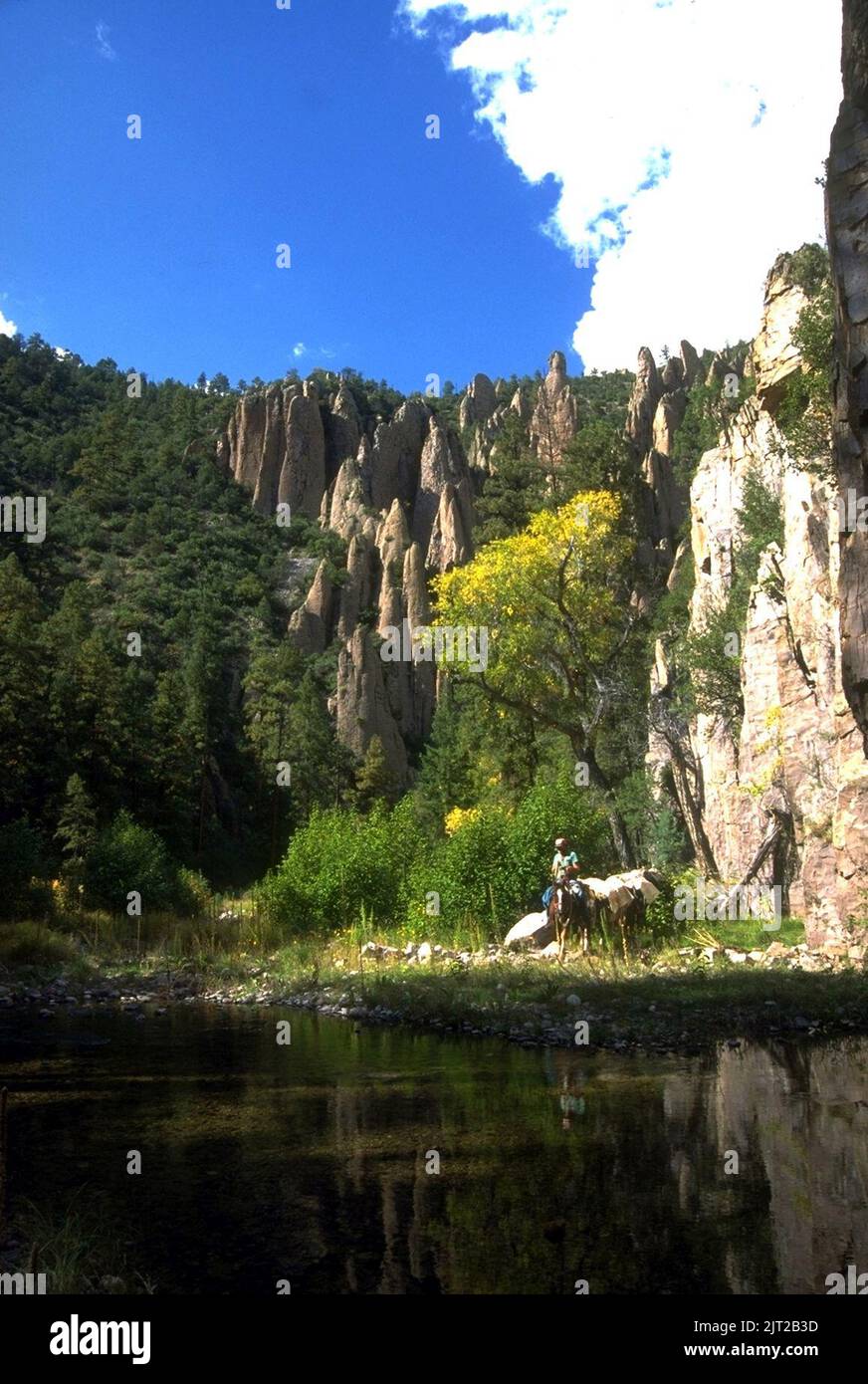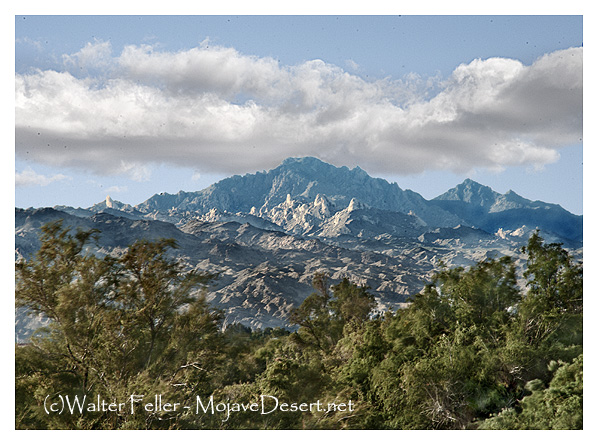Colorado Springs: Where the Mountains Meet the Spirits
Colorado Springs: Where the Mountains Meet the Spirits

Colorado Springs, a city nestled amidst majestic peaks and sprawling plains, boasts a rich history that goes far beyond its stunning natural beauty. For centuries, this land was home to Indigenous peoples, their cultures and traditions woven into the very fabric of the landscape. Today, remnants of their legacy remain, whispering stories of resilience, spirituality, and a deep connection to the earth.
This article delves into the fascinating world of the Indigenous tribes who once called this region home, exploring their history, cultural practices, and the enduring impact they continue to have on the area. Get ready to step back in time, learn about the vibrant traditions that shaped Colorado Springs, and discover the enduring legacy of these remarkable people.
Related Articles: Colorado Springs: Where the Mountains Meet the Spirits
- Unveiling Washington’s Rich Heritage: A Guide To The State’s Indian Reservations
- Fireworks Galore: Your Guide To Indian Reservation Fireworks Wholesale
- Before The Trailblazers: A Glimpse Into Early Native American Tribes
- Unveiling the Tapestry of Indian Reservations in Wyoming: Discoveries and Insights
- Unveiling the Number of Indian Reservations in Michigan: A Journey to Discover and Understand
A Tapestry of Tribes
Colorado Springs sits within the ancestral lands of several Indigenous tribes, each with its own unique story and cultural heritage. Let’s take a journey through time, exploring the history and significance of these remarkable peoples:
1. The Ute
The Ute people, known for their skilled hunting and nomadic lifestyle, once roamed vast territories across Colorado, Utah, and Wyoming. Their name, "Ute," is believed to derive from the Spanish word "Yuta," meaning "people of the mountains." They were master hunters, their lives intertwined with the rhythms of the natural world.
The Ute people were divided into seven bands, each with its own distinct territory and cultural practices. The Uncompahgre, who inhabited the region around present-day Montrose, Colorado, were among the most prominent bands. Their ancestral lands stretched across the San Juan Mountains and into the valleys of the Gunnison River, encompassing areas now within the boundaries of Colorado Springs.
2. The Arapaho
The Arapaho, a nomadic tribe known for their fierce independence and skilled horsemanship, traversed the vast plains of Colorado, Wyoming, and Montana. Their name, "Arapaho," is believed to mean "people of the plains" or "people of the flat land." Their lives were a testament to the adaptability and resilience required to thrive in the harsh conditions of the Great Plains.
The Arapaho were known for their intricate beadwork, intricate headdresses, and colorful ceremonial dances. They held deep spiritual connections to the land, believing that the spirits of their ancestors resided within the natural world. Their ancestral territories, while not directly encompassing Colorado Springs, were closely intertwined with the region, impacting the lives of the Ute and other tribes who lived nearby.

3. The Cheyenne
The Cheyenne, a tribe renowned for their powerful warriors and intricate storytelling traditions, originally inhabited areas in the Dakotas and Montana. They were known for their elaborate buffalo hunts and their complex social structures, with a strong emphasis on family and community.
The Cheyenne’s journey westward brought them into contact with the Ute and Arapaho, and they established alliances and trade relationships. While their ancestral lands were primarily situated further north, their presence and influence extended into the areas that would later become Colorado Springs.
4. The Comanche
The Comanche, a powerful and nomadic tribe known for their equestrian skills and strategic military tactics, were formidable warriors who dominated the southern Great Plains. Their territories stretched across Texas, Oklahoma, and into parts of Colorado, influencing the lives of tribes in the region.

Their influence on the Ute and other tribes in Colorado Springs was primarily through trade and interactions on the plains. Their presence, though not directly within the city’s boundaries, played a significant role in shaping the social and cultural landscape of the region.
Echoes of the Past: Preserving Indigenous Heritage
The legacy of these Indigenous tribes continues to resonate in Colorado Springs today. From place names that reflect their presence to cultural practices that have been passed down through generations, their influence is woven into the fabric of the city.
1. Place Names: A Legacy in Stone
Many of the place names in and around Colorado Springs reflect the Indigenous heritage of the region. For example, "Pikes Peak," the iconic mountain that dominates the skyline, is named after Zebulon Pike, a US Army explorer who encountered the Ute people in the area. The Ute called the mountain "Ta-be-guache," meaning "mountain that stands alone."

Other place names, like "Fountain Creek" and "Monument Creek," are derived from natural features that were significant to the Indigenous tribes. These names serve as reminders of the deep connection these people had to the land and their intimate knowledge of its resources.
2. Cultural Practices: A Living Tradition
While many of the traditional practices of these tribes have been lost over time, some have been preserved and continue to be celebrated today. For example, the Ute people still hold traditional dances and ceremonies, honoring their ancestors and their connection to the land.
The Cheyenne tribe, known for its intricate storytelling traditions, continues to pass down these stories through generations, ensuring that their cultural heritage remains vibrant and alive. These stories, often told through songs, dances, and artwork, preserve the history, values, and beliefs of the tribe.
3. Modern Connections: A Bridge to the Past
Today, several organizations and individuals are working to preserve and promote Indigenous culture in Colorado Springs. The Cheyenne and Arapaho Tribes of Oklahoma, for instance, have established cultural centers that offer educational programs and resources about their history and traditions.
The Ute Mountain Ute Tribe, based in southwestern Colorado, works to preserve the cultural heritage of the Ute people, including their language, art, and traditional practices. These organizations play a vital role in ensuring that the stories and traditions of the Indigenous tribes who once called this region home are passed down to future generations.
Beyond the Tourist Trail: A Deeper Understanding
Visiting Colorado Springs is an opportunity to immerse yourself in the natural beauty of the region, but it’s also a chance to learn about the rich Indigenous heritage that shaped the landscape. Here are some ways to connect with the legacy of the tribes who called this area home:
- Visit the Cheyenne and Arapaho Tribes’ website: Learn about their history, cultural practices, and the ongoing efforts to preserve their heritage.
- Attend a cultural event: Many tribes hold powwows and other cultural events throughout the year, offering a glimpse into their traditions and way of life.
- Support Indigenous businesses and artists: Patronize businesses owned by Indigenous people and purchase artwork from Native American artists.
- Learn about the history of the Ute people: Visit the Ute Mountain Ute Tribe’s website or the Ute Indian Museum in Montrose, Colorado, to learn more about their history and culture.
- Explore the local landscape: As you hike, bike, or explore the natural beauty of Colorado Springs, take a moment to appreciate the land’s significance to the Indigenous tribes who once lived here.
A Journey of Discovery
Exploring the Indigenous history of Colorado Springs is a journey of discovery, a chance to connect with the past and appreciate the enduring legacy of these remarkable people. Their stories, traditions, and cultural practices continue to inspire and teach us about the importance of preserving our heritage and respecting the land. By learning about the tribes who called this region home, we gain a deeper understanding of the rich tapestry of history and culture that makes Colorado Springs such a unique and captivating place.
FAQ: Indian Tribes Near Colorado Springs
Q: What Indigenous tribes lived near Colorado Springs?
A: The Ute, Arapaho, Cheyenne, and Comanche tribes all had a presence in the region.
Q: What are some of the cultural practices of these tribes?
A: Their practices include traditional dances, storytelling, beadwork, hunting, and ceremonies honoring their ancestors and the land.
Q: How can I learn more about the Indigenous history of Colorado Springs?
A: Visit museums, cultural centers, attend events, and research online resources.
Q: How can I support Indigenous communities in Colorado Springs?
A: Patronize Indigenous businesses, purchase artwork from Native American artists, and donate to organizations that preserve their heritage.
Q: What are some of the place names in Colorado Springs that reflect Indigenous heritage?
A: "Pikes Peak," "Fountain Creek," and "Monument Creek" are examples.
Q: What is the significance of the Ute people to the history of Colorado Springs?
A: The Ute were the primary Indigenous inhabitants of the region, and their traditions and way of life shaped the landscape and culture of the area.
Q: Are there any ongoing efforts to preserve Indigenous culture in Colorado Springs?
A: Yes, several organizations and individuals work to preserve and promote Indigenous culture through education, events, and artistic expression.
By exploring the Indigenous history of Colorado Springs, we can gain a deeper appreciation for the rich tapestry of cultures that make this region so unique and captivating. Let’s honor their legacy by learning about their stories, respecting their traditions, and supporting their ongoing efforts to preserve their heritage for future generations.

Closure
Thus, we hope this article has provided valuable insights into Colorado Springs: Where the Mountains Meet the Spirits. We hope you find this article informative and beneficial. See you in our next article!